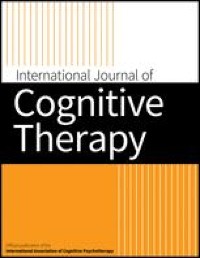
Types of Mental Illness
Learn more from WebMD about the different types of mental illness.
Disgust rather than fear may drive some people with obsessive-compulsive disorder (OCD) to wash their hands incessantly or perform other irrational behaviors. A [2013] study shows the brains of people with contamination preoccupation OCD react more strongly to disgusting images like rotting food than other people.
Researchers say the findings could signal a shift in thought about the causes of OCD. Certain groups of people with obsessive-compulsive disorder may have unwanted thoughts about cleanliness or contamination concerns because of an overreaction to disgust, not due to fear or anxiety about a potential disastrous outcome.
"Disgust can be misidentified as fear," says researcher Wayne K. Goodman, MD...
"The findings get us to think about the role of disgust in our everyday lives," says Goodman. "In fact, people should take note of how many times they say they find something or someone disgusting. It reminds us that disgust is a bona fide emotion. Although it has similarities to fear, it has distinct differences."





